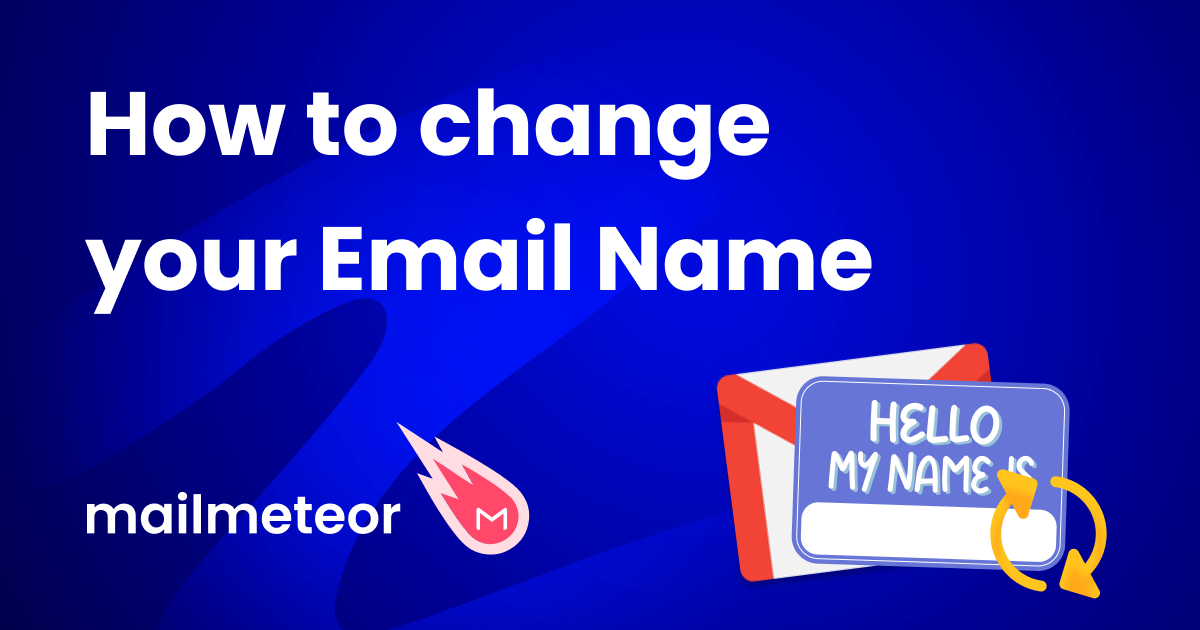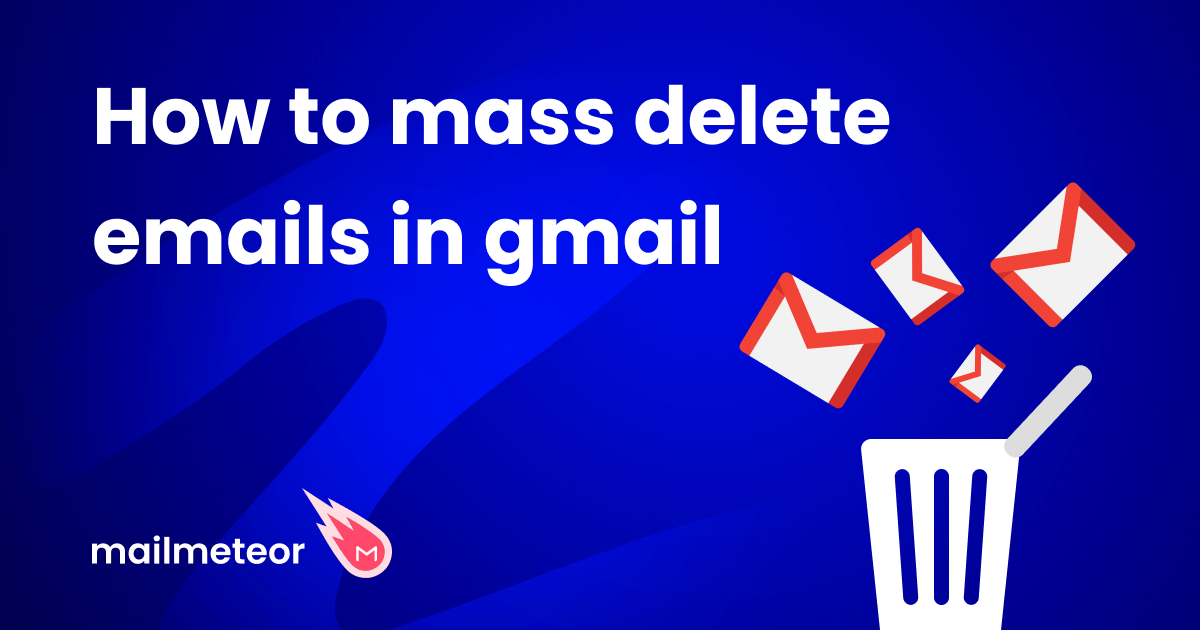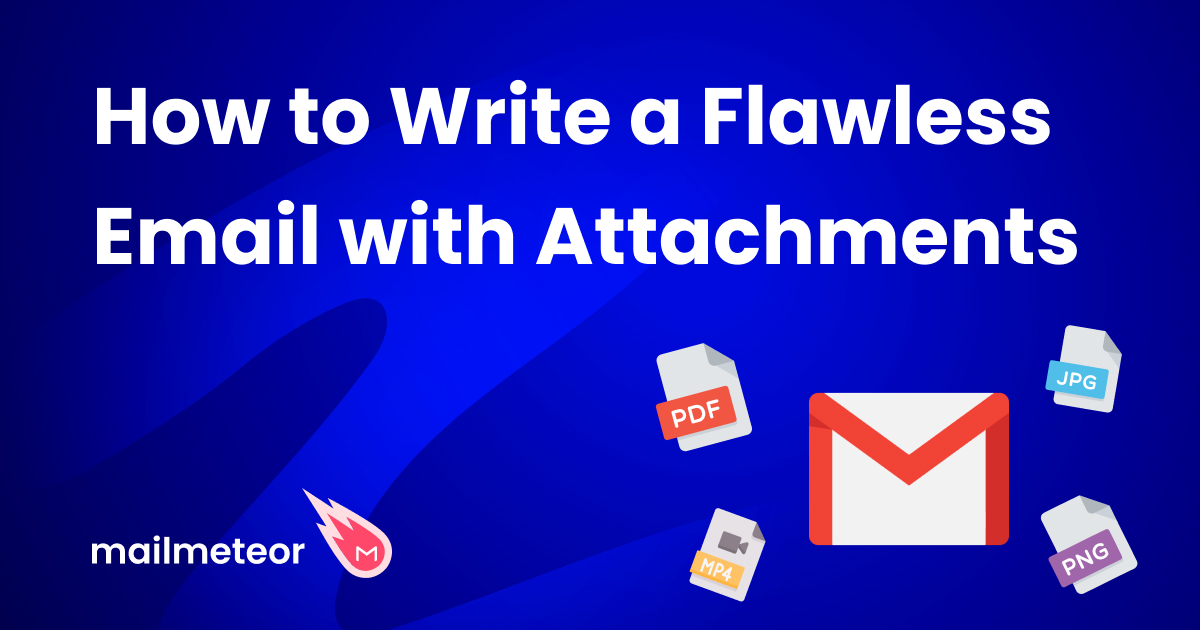If you’re sending emails for work, you’ve likely come across “best regards” as a common email sign-off. It’s a popular choice for striking a balance between formal and informal communication.
In this post, we’ll cover what “best regards” means, when to use it, and some popular alternatives.
Let’s dive in.
What does “best regards” mean?
“Best regards” is a way to end an email. You’d typically use this phrase to wish someone you don’t have a close relationship with well. Being semi-formal, it’s a versatile choice for informal and formal emails.
When to use “best regards” in email?
“Best regards” is a versatile way to end and email. It can be used when speaking to virtually anyone in the work environment. You might use “best regards” in an email when:
- You’re discussing a project with a potential client.
- Emailing colleagues about a project.
- Email about a role you’re applying for.
- When emailing your boss or manager.
- Emailing contractors and vendors.
Here are some examples of how you can use “best regards” in email:
“Best regards” email examples
A Personal email to an acquaintance:
Hi Bill,
I’m a friend of Elon’s.
I wanted to inquire about the boat you have for sale.
Is it still available — and is it possible to arrange a viewing?
Best regards,
Harry Potter
Informal email example to follow up on a call with a potential client:
Hey Elon,
It was great to chat with you about your website project.
I will follow up shortly with some next steps on how we can work together.
Best regards,
Harry Potter
Professional email example to a potential vendor:
Dear Elon,
I wanted to thank you for your proposal on how we can proceed with contracting SpaceX for the Mars landing.
Would it be possible to get a detailed breakdown of how we can proceed from here?
Best regards,
Harry Potter
“Best regards” alternatives (and examples)
You can use “regards” in email in various formats. Here are some regards in email examples:
Regards
This is a way to strip down “best regards” for a more informal tone. Great for emailing people in your personal life.
Kind regards
This is very similar to best regards, perhaps with a little more warmness to it. When thinking about “Best regards” vs “Kind regards” the difference is table stakes.
Warmest regards
This is a friendly way to show you care a little more about your recipient. It shows appreciation and is best used with people you know well.
Five more ways to end an email…
We wrote a full guide on how to end an email here including 19 email sign-offs, how to create an email signature, and much more. Check it out here.
But here are some of the 5 most popular “best regards” alternatives…
Take care
This works well with someone you know in a personal or professional setting you care about.
Have a good (day/week/evening)
This works in both personal and work settings with clients, prospects, and colleagues when you expect to catch up again with them to move something forward in the coming week.
Speak soon
This works with those you’re building a relationship with or have an existing relationship with. It implies you’re looking forward to chatting.
Sincerely
This reminds me of those movies set in the 1920s when you’d handwrite a letter with the tip of a feather. This is out of place in email if you ask me.
Best wishes
“Best wishes” is a great way to express you have your recipient’s best interests in mind. This is a great modern and professional way to end an email.
Explore 19 more best regards alternatives →
Create Your Free Email Signature (No Opt-In Required)
Hopefully, by now you know exactly how to use ‘best regards’ and several alternatvies.
If you want to create a free email signature so you never have to write your name, role, company, and contact details again at the end of every email.
Why not generate a free email signature with Mailmeteor?
The best part is it’s optimized to work with Outlook and Gmail and doesn’t require you to sign-up for anything to get it.
Generate your free email signature here →
Wanna become an email pro? These guides are for you:
- How to start an email like a pro: 15 proven examples you can use today
- 15 Email Signatures Examples For a Great First Impression
- How to Write a Professional Email
Frequently asked questions about ‘best regards’
Is it professional to say ‘best regards’ in an email?
Yes. ‘Best regards’ is a versatile email sign-off suitable for formal and informal settings.
How do you end a professional email?
There are three components to ending a professional email:
- Your closing sentence (e.g. I look forward to hearing from you).
- An email sign-off (e.g. kind regards).
- Your name.
For more ways to end a professional email check out our detailed guide.
Which is more formal ‘best regards’ or sincerely?
Sincerely is more formal than ‘best regards.’ It’s rarely used these days and sounds old-fashioned.
What can I say instead of kind regards?
There are several alternatives to kind regards. Including best wishes, regards, and warmest regards. We go into serval examples in this guide.
Is ‘best regards’ outdated?
Not at all. ‘Best regards’ is commonly used in the business world to end an email striking a nice balance between formal and informal.
What is better than ‘best regards?’
What’s better depends on your intended email. Check out this guide for a detailed list of 19 ways you can end an email.
Is ‘best regards’ formal?
‘Best regards’ is semi-formal. Meaning it can be used formally and informally.



